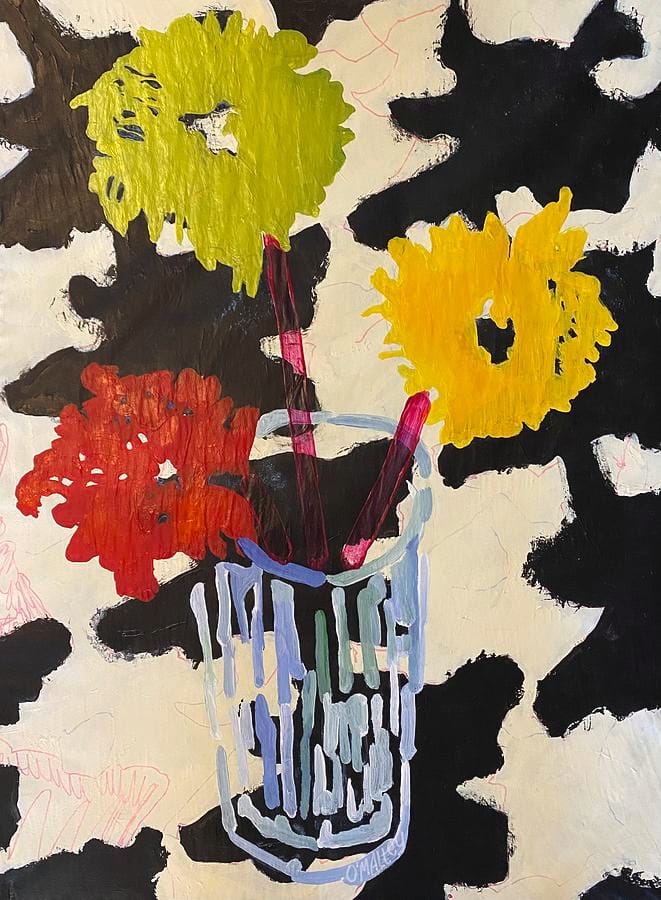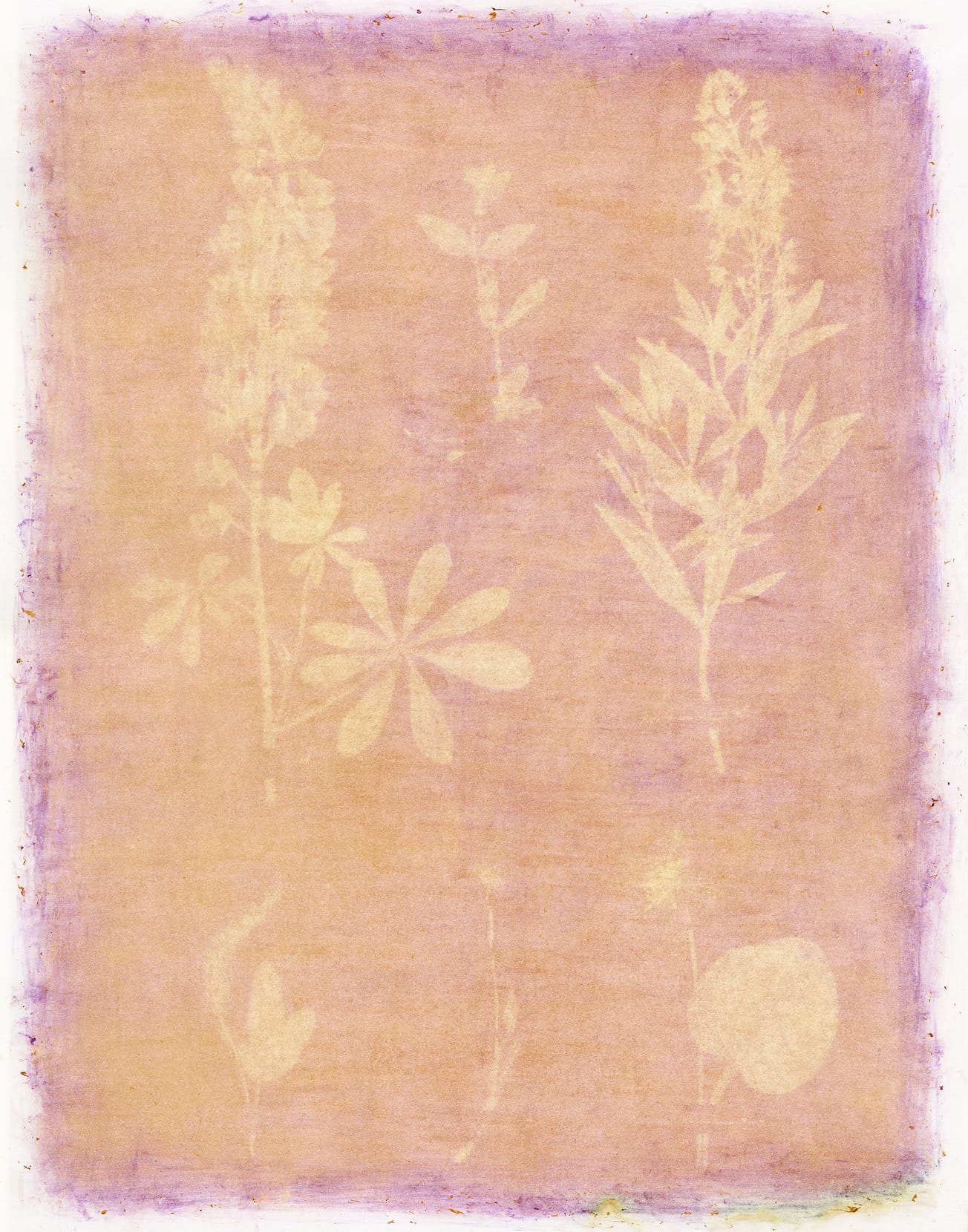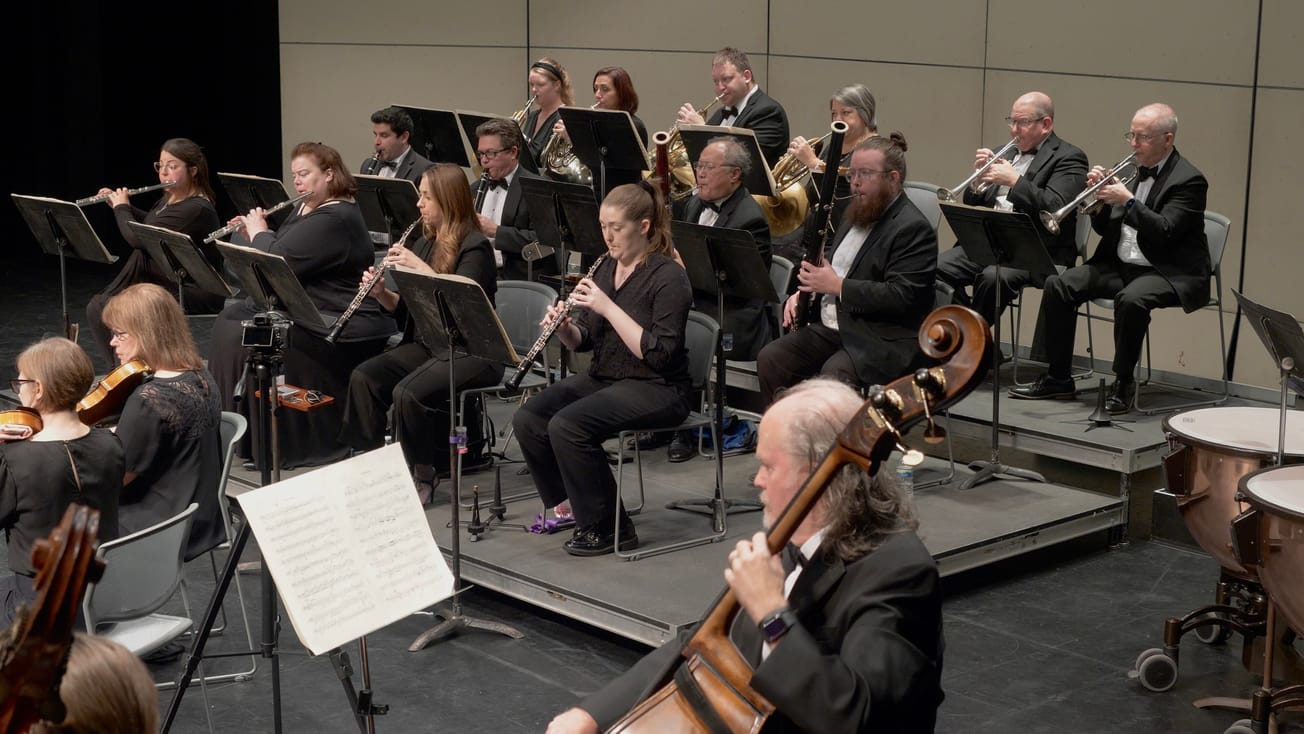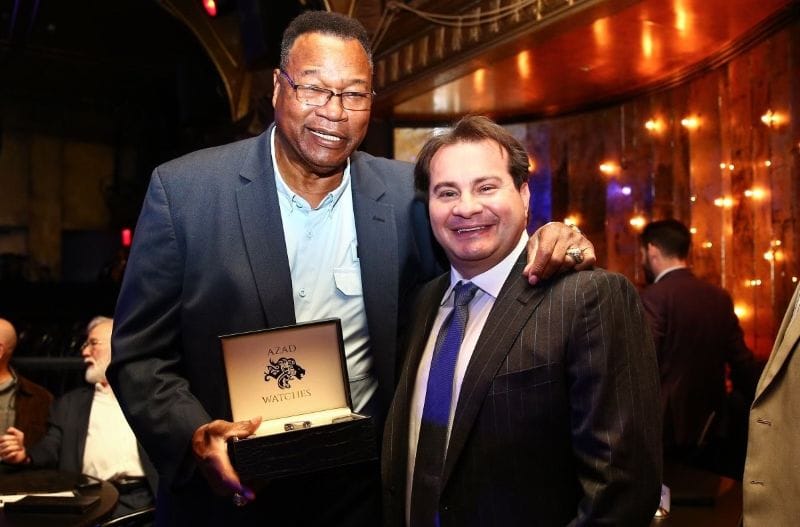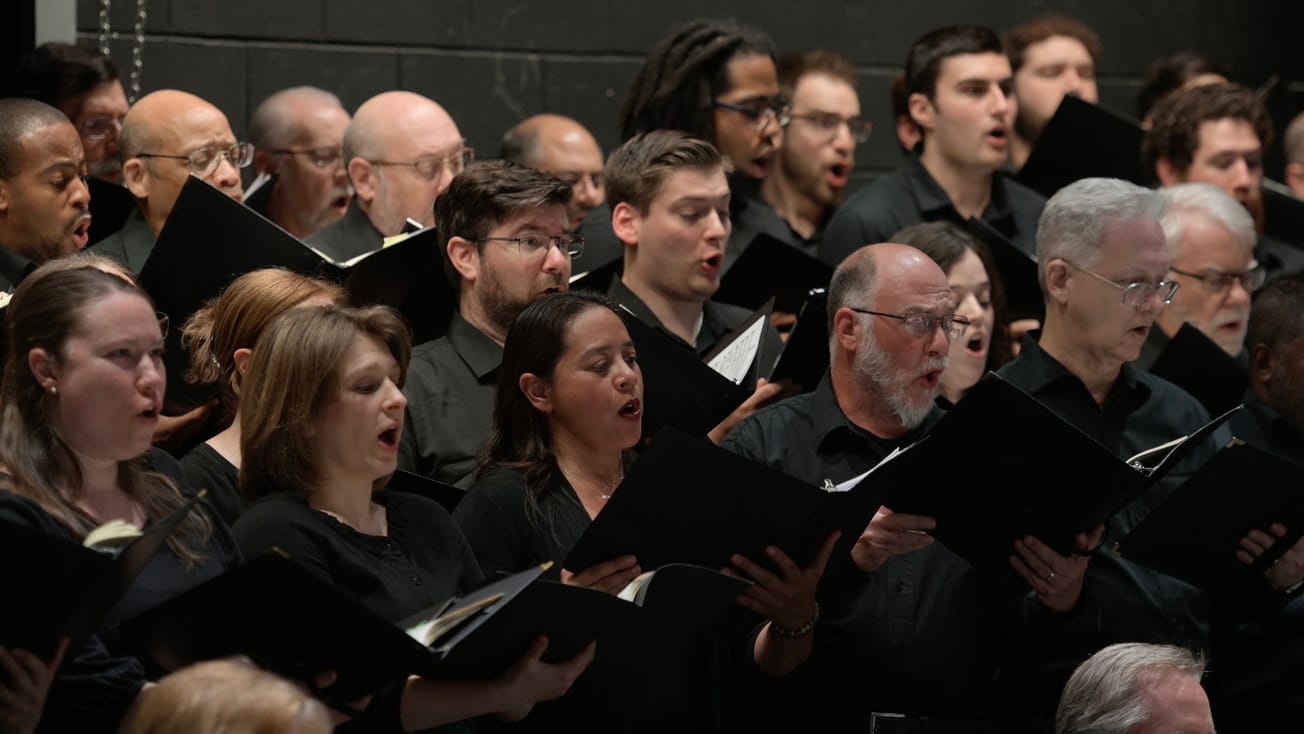By Christie Butler
When asked what inspires her, the artist smiles softly, as if the answer is a secret she has held close for years. Her response is simple but layered with meaning: color. "My inspiration comes from within," she explains. "I’m driven mostly by color - sometimes it’s the subject matter, but more often, it’s just the color."
Christine O’Malley talks about how certain hues call to her, like the perfect robin’s egg blue or the iconic Tiffany blue. But it’s more than just a visual attraction - it’s a visceral pull, a need to create, to mix, to blend, until the shades feel just right. “I get this itch I can’t scratch until I’ve mixed the color,” she laughs, admitting that even when she’s not in the studio, the need to get the shade exactly right often sneaks up on her. "I’ll be relaxing, and then suddenly I have to mix it, even if I’m not working on something yet."
Her passion for color is matched by her dedication to teaching. But teaching art, she says, is a different kind of inspiration. Her goal is to fill in the gaps she sees in the system, particularly for students who haven't had a proper foundation in the arts. "They may not have had that fundamental art experience when they were younger, so I want them to leave with a broad understanding - technique, materials, art history - something they can build on if they rediscover art later in life." Her commitment goes beyond the technical; she encourages her students to embrace creativity, to experiment, and to make mistakes. "We have a senior show, and it’s something I never got to experience in high school. I wanted them to have that moment."
Her influences are just as varied as her inspirations. In her personal work, she draws from the styles of Al Held, Paul Cézanne, Andy Warhol, Kehinde Wiley, and Alice Neel. But her greatest artistic mentors were found closer to home - her grandmothers. "Dorothy, my maternal grandmother, was a painter," she recalls, "and Virginia, my paternal grandmother, was a sculptor and art historian." Their creative legacies live on in her work, a testament to the artistry woven into her family’s history.
When it comes to her teaching, though, one figure stands out: Mr. William A. Gaines, her high school art teacher. After he passed away unexpectedly, Christine made it her mission to teach in his honor. “I’ve been teaching for him for 19 years,” she says, reflecting on the importance of his guidance during her own formative years at Paulsboro High School, and where she teaches today. The room where she now teaches wasn’t his, but it holds the same essence of creativity and passion he instilled in her, and she has continued that legacy in her own way.
Her creative process is fluid, much like the colors she so carefully mixes. Once a shade is in her mind, she seeks out any surface to work on - canvas, cardboard, even the back of an old board game. "Munch’s Scream was painted on cardboard," she points out, hinting at her willingness to find beauty and potential in unconventional places. She creates large batches of paint, stores them in containers, and begins her process from there. After a base layer is dry, she takes time to think about what to create next, sometimes letting the idea come to her over the course of days.
"I used to work with heavy lines, but now I take more risks," she says, explaining how her style has evolved. She’s especially drawn to Moroccan patterns, and her work often features deliberate imperfections - broken lines or unfinished sections of a pattern. "Those mistakes? They always happen on their own. I never plan them, but when they show up, I leave them. It’s like they were meant to be there."
As Christine talks, it becomes clear that art, for her, is more than just a creative outlet; it’s a way of making sense of the world. "Where can you look and not see art?" she asks. "Marketing wouldn’t exist without it - think about the design of a liquor bottle or a car, the architecture of cities, the fashion industry. Art is everywhere."
She shares a story of working in a liquor store, where her boss once joked that art wasn’t a real major, all while holding an $80 bottle of vodka. She had to laugh at the irony. "That bottle wouldn’t be in his hand without an artist designing it," she says with a grin.
In her classroom, she makes sure her students understand the many ways art touches their lives. "I’ve had students who’ve become tattoo artists, surgeons, and everything in between. One surgeon told me that learning to prototype in my class helped him in med school. It’s not just about creating art; it’s about creative thinking and problem-solving."
One artist who has profoundly impacted her work lately is Mark Rothko. His pieces, abstract and bold, have a way of revealing more the longer you look at them. She brings this into her lessons, teaching students how to perfect a water wash and create their own Rothko-inspired pieces. But before they get there, she has them start with a fun, playful exercise - painting five colors that represent their favorite meals of the day. "It gets them thinking about color in a new way, and it’s always fun to guess what their favorite foods are based on their color choices."
As for the future of art in schools, she sees challenges but remains hopeful. "I don’t think AI will ever replace teaching art. AI might help with home decor or sales, but it can’t replace the personal, hands-on experience of creating art." Still, she worries about the focus on standardized testing and the potential for art programs to be cut, particularly at the elementary and middle school levels.
Yet, Christine believes that what she’s doing now - helping students develop creative minds, teaching them to problem-solve and appreciate art on a deeper level - is invaluable. "I’m not here to create career artists, though if that happens, it’s a bonus. I’m here to help them grow into adults who are more creative, more thoughtful, and more equipped to handle the challenges of life."
Her vision for education extends beyond the classroom. "When we’re raising and educating children, the focus shouldn’t be on how successful they’ll be in college or sports. It should be about the kind of adults we’re shaping. Art helps with that - it gives them a space to experiment, to succeed, and to grow."
In every stroke of paint, every lesson taught, and every student guided, Christine is shaping more than just artists - she is shaping thinkers, creators, and problem-solvers who will carry the lessons of art with them throughout their lives.
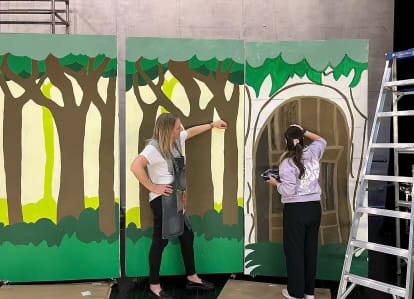
Visit Christine's facebook here to learn more :https://www.facebook.com/christineomalleyart/

